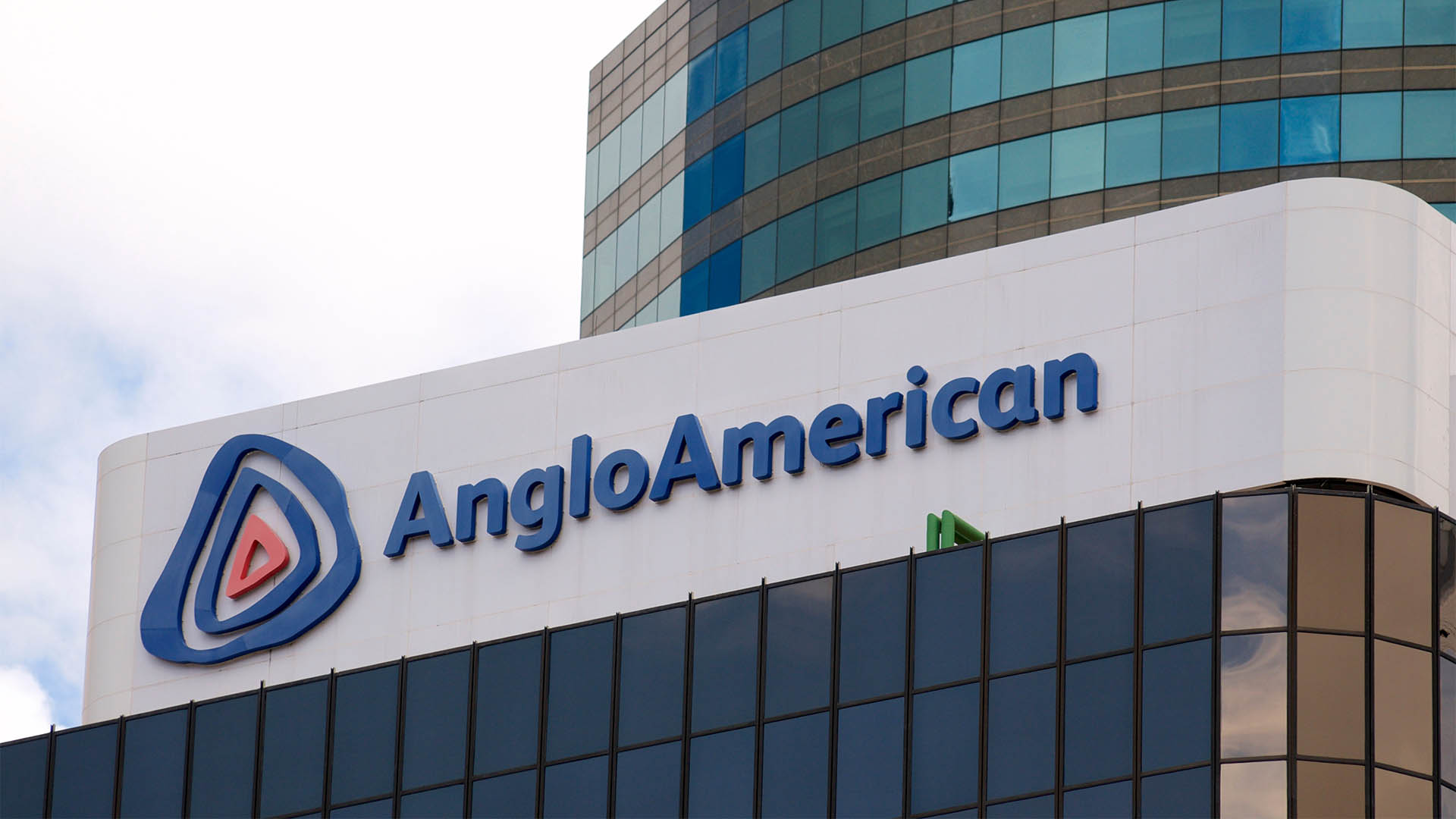As the political schisms in the US widen there’s one element that does not discriminate between the major parties: the most common form of brain cancer.
Known as glioblastoma, the condition claimed the life of Beau Biden, son of Democrat Oval Office aspirant Joe Biden. It also killed former Republican presidential candidate John McCain.
In the US, more than 13,000 Americans will receive a glioblastama diagnosis this year, with the disease accounting for about half of all primary malignant brain tumors.
Sufferers can expect to live for only 12 to 15 months after diagnosis, with a five year chance of survival of less than 5 per cent.
Enter the ASX and Nasdaq-listed Kazia Therapeutics, which has been trialling its lead drug paxalisib (formerly GDC-0084) to treat the aggressive and complex disease. Paxalisib inhibits a signalling pathway called PI3K which is expressed in 85 per cent to 90 per cent of glioblastoma tumours.
After years of quiet development, Kazia in August achieved two key milestones.
On August 7 the company announced the US Food & Drug Administration had awarded the company a rare paediatric disease designation (RPDD) to treat Diffuse Intrinsic Pontine Glioma (DIPG).
DIPG is another rare and aggressive brain cancer, with a survival rate of less than one per cent. Annually it affects around 400 children in the US and 40 here, typically between the ages of four and 11.
“The average survival from diagnosis is around 9-10 months,” says Kazia CEO Dr James Garner. “This is the absolute definition of unmet medical need.”
The paediatric news was followed swiftly by the August 20 revelation that the FDA had granted fast track designation for paxalisib in relation to glioblastoma.
Fast track status is designed to expedite development of pharmaceutical products which demonstrate the potential to address unmet medical needs in serious or life-threatening conditions.
A glioblastoma treatment currently exists, the generic drug temozolomide. Administered after surgery or radiotherapy) it’s effective in only one-third of cases with a ‘methylated’ form of the condition. The remainder are ‘unmethylated’, the difference being the genetic makeup of the tumors.
Investors have latched on to the double dose of good news, with Kazia shares almost doubling since the start of August, on elevated volumes.
While the company’s Nasdaq-listed equivalent shares have accounted for most of the activity in the past, recent trading has been locally oriented.
“Our quietest day in the last few months would have been our busiest day a year ago,” Dr Garner says.
“There’s definitely a sense the Australian market is waking up to the stock – and not before time.”
At least part of the $45 million valuation uplift relates to the ‘rare paediatric disease priority review voucher’ (PRV) that’s attached to the RPDD.
Awarded on approval of the drug, PRVs are tradeable assets that have changed hands between $US68 million ($94m) and $US350m. More recently the values have converged to $US150-200m.
A review voucher shortens the FDA review period for a future marketing application of any drug from 12 months to six months. But it’s most relevant for more advanced stage developers; hence the fungibility.
“If you can launch a $1 billion-a-year drug six months earlier it’s worth half a billion dollars,” Dr Garner says. “The idea is not so much we use it but sell it to someone else.”
The “cleverly designed” PRV scheme is scheduled to end in September and maybe extended depending on who wins the keys to the White House.
“At the very least there will be a hiatus with the issue of these vouchers and perhaps eventually there will be no more of them,” Dr Garner says.
While the vouchers have a clear market value, the fast-track status given to glioblastoma program arguably is no less valuable, despite being less tangible.
The fast-track designation confers a number of benefits over the more snail-paced route, such as face-to-face meetings with the regulator. Post new drug application an expedited review may result in faster approval, with fast-track applications likely to be more successful.
“It’s like flying on a business class ticket rather than economy,” Dr Garner says.
“We get a lot of extra support from the FDA and a quicker turnaround in many steps of the review process.
“Rather than submitting all documents at the end of development, it can be done over time and discussed and signed off as needed.”
Despite the fast-lane benefits, any drug candidate needs to be supported by data proving its genuine potential.
“We couldn’t be going for fast track designation in athlete’s foot – there is no evidence the drug works for that,” Dr Garner quips.
Kazia’s next step in proving up paxalisib’s efficacy is a so-called pivotal clinical trial, designed directly to support a regulatory application.
Interim results from a phase II study showed paxalisib provided five months’ median extension in patients’ overall survival (they lived longer) and three months extension for progression free survival (the tumors did not get bigger).
Kazia is taking an unusual approach to the phase III (pivotal) trial, by joining a global study called GBM Agile.
(GBM is shorthand for glioblastoma).
Created independently of any individual drug company, GBM Agile seeks to standardise the clinical approach and undertake joint research, thus reducing costs and producing data in a format the FDA prefers to see.
Paxalisib will be the second drug to join the study, behind a Bayer candidate called Stivarga (regorafenib).
“We expect to have up to 200 patients and roughly the same number of control group patients,” Dr Garner says. “We hope to start the study by the end of this year.
“That will take a couple of years to run its course but at the end of that we hope to got to regulatory agencies like FDA and obtain a marketing authorisation.”
Kazia, meanwhile, is in a sound financial position, having ‘beaten the rush” by raising $7.8 million in an oversubscribed placement in April. This was followed by a $1.8 million share purchase plan.
“We have money well into next year at this stage. We are in the nice position that we are not under pressure to do anything,” Dr Garner says.
“After all, it’s still a very uncertain market. The coronavirus isn’t going away in a hurry, we have the US presidential election and some of the implications of the pandemic are yet to register.”
After years of effort to build the credentials of paxalisib, an endgame is in sight for Kazia and its patient shareholders.
“It’s been a really busy time for us and it’s great to see some of these efforts bearing fruit,” Dr Garner says. “It still feels like there’s a lot of work ahead of us, but this is the exciting part where we start to focus very much on commercialisation.”













